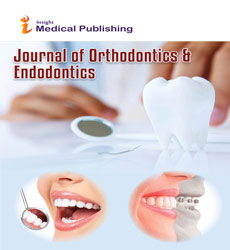Abstract
Novel Covid-19 & it�??s affect on Dental Healthc
Novel Covid-19 has taken the world by storm with 41,104,946 confirmed cases of Covid-19, including 1,128,325 deaths as of October 22, 2020 after it was firstly reported in Wuhan, China. According to biological and clinical research, the mode of transmission of this zoonotic virus has confirmed to be through respiratory droplets which leaves the dental healthcare professionals under the high risk category of contacting the virus as dentistry involves the use of rotary dental and surgical instruments i.e. hand pieces or ultrasonic scalers which create a visible spray that can contain particle droplets of saliva, water, blood & microorganisms. Once present in the human body, SARS-CoV-2 is present abundantly in nasopharyngeal and salivary secretions of affected patients who can be either symptomatic or asymptomatic. Additionally, with basic surgical masks not being 100 percent effective against the aerosols dental practitioners were left ill-fitted to combat the virus during the initial surge when treating dental emergencies such as dent alveolar trauma and progressive facial space infection. This article, based of literature review & experience, describes how Covid-19 has brought changes in dental healthcare for both dental learning students and professionals in terms of continuing education/learning hands-on, in patient screening as the oral symptoms of Covid-19 such as xerostomia and loss of taste distinct to normal flu-like symptoms can help with diagnosis, how practice of strict infection control strategies with correct donning and doffing of PPE is now more important than before and a different approach to patient management protocol.
Author(s):
Bashair Ahmed Rangoonwala
Abstract | PDF
Share this

Google scholar citation report
Citations : 265
Journal of Orthodontics & Endodontics received 265 citations as per google scholar report
Abstracted/Indexed in
- Google Scholar
- China National Knowledge Infrastructure (CNKI)
- Cosmos IF
- Directory of Research Journal Indexing (DRJI)
- WorldCat
- Geneva Foundation for Medical Education and Research
- Secret Search Engine Labs
- Euro Pub
Open Access Journals
- Aquaculture & Veterinary Science
- Chemistry & Chemical Sciences
- Clinical Sciences
- Engineering
- General Science
- Genetics & Molecular Biology
- Health Care & Nursing
- Immunology & Microbiology
- Materials Science
- Mathematics & Physics
- Medical Sciences
- Neurology & Psychiatry
- Oncology & Cancer Science
- Pharmaceutical Sciences

